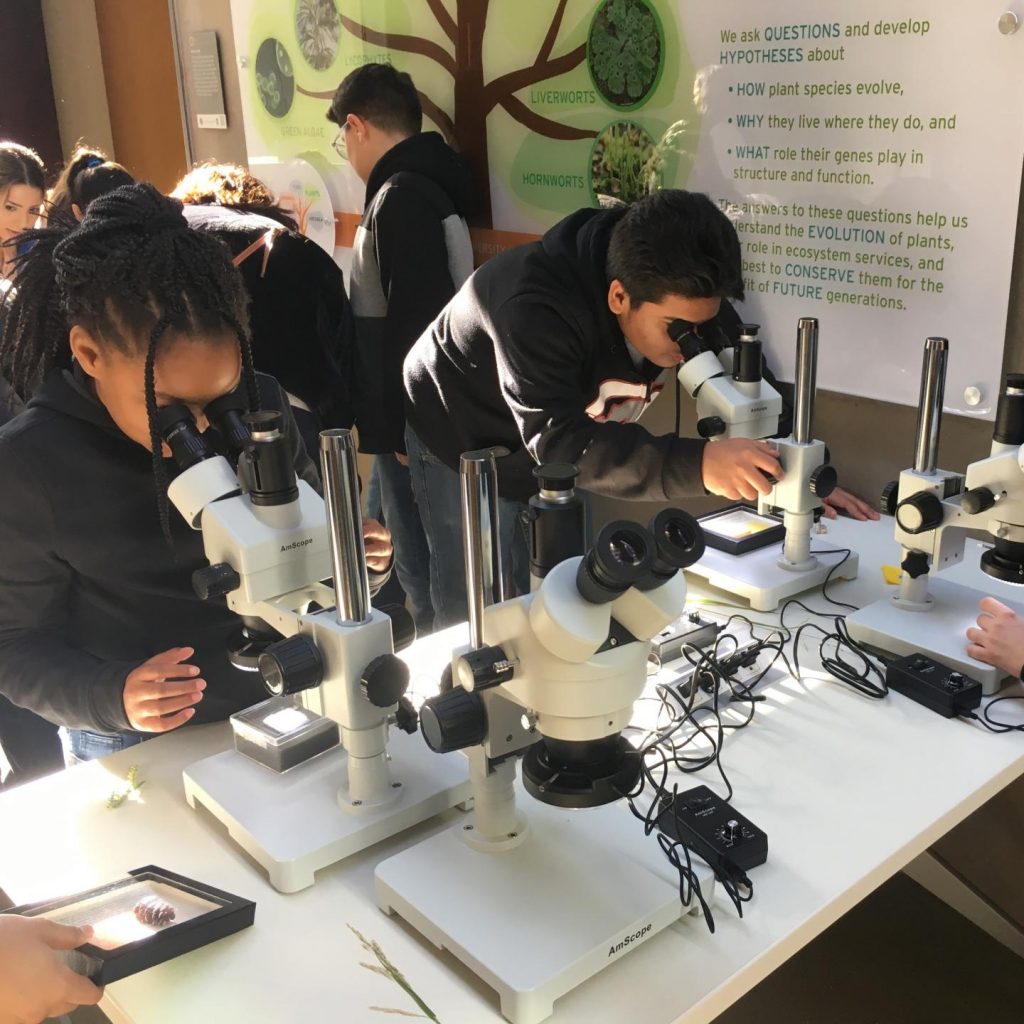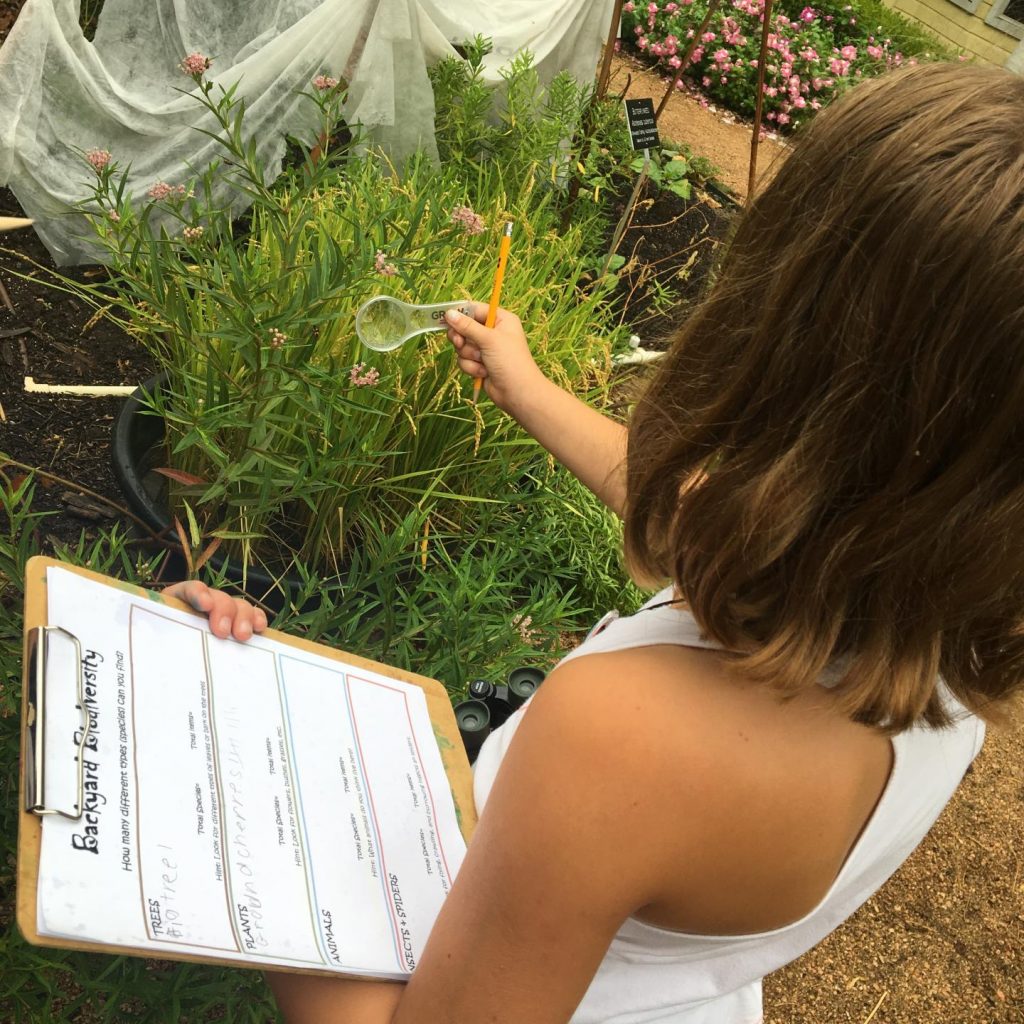The readers of Journal of the Botanical Research Institute of Texas and our Botanical Miscellany include those with an interest in botany, classical and modern taxonomy, horticulture, and plant ecology. Subscribers include professionals and keen amateurs, students, teachers, gardeners, researchers, field botanists, academic institutions, libraries, museums, nature centers, botanic gardens, arboreta, and various government agencies.
“I am really pleased to see that [it] is becoming the journal of choice for shorter more or less classical taxonomic work. I really enjoy receiving it.”
– Richard Spellenberg, New Mexico State University, Las Cruces
“…continues to be the #1 botany journal.”
– Andy Clewell, Botanical Consultant, Quincy, Florida
“Put me down as one very satisfied subscriber and reader, and accept my congratulations on a very, very difficult job well done.”
– Neil A. Harriman, University of Wisconsin, Oshkosh
“…always has the best articles * a great journal.”
– James Henrickson, California State University, Los Angeles
“…one of the standard international journals for plant taxonomic research.”
– Theodore S. Cochrane, Herbarium, University of Wisconsin, Madison
“Beautiful production and the botany looks sound, too.”
– John Strother, University of California, Berkeley





